4 Vital Tactics that Improve Public Speaking
4 Vital Tactics that Improve Public Speaking
No matter who you are, or what you do for a living, you’re going to make mistakes. It’s part of human nature! Luckily, we’re also very adaptable. Which means even if you forget your lines during a keynote presentation, you can recover and become a better keynote speaker than before.
In this guide, we’re going to highlight 4 Vital Public Speaking Tactics that are as overlooked as they are valuable.
1. The 3P’s – Preparation, Practice and Perfection
The actor Sir Anthony Hopkins is said to read a script 200 times before the cameras start rolling.
How often do you practice your lines?
Despite how often you may hear this, it’s the #1 preparation most speakers fail to do. Think about it: If you’ve mastered your speech, it’s highly unlikely that even the worst pre-stage jitters could throw you off your game.
- Preparation is what you do before any speaking engagement.
Craft your speech. Overcome your anxieties and perfect it. Share it with your colleagues, family members, or even the mirror. Whether you’re a beginner or a seasoned pro, it’s important to take your time with preparation.
- Practice is how you perfect your speech and tone.
You may have great information, but if you’re presenting it poorly- no one is going to listen. The more you practice your speech in the mirror or in front of a friend, the more familiar you become. This allows you the room to put a personal twist to your speech and helps you connect with audience members.
- Perfection occurs when you can segment your original speech.
Good speakers will have a speech. Great speakers will have a foundation they can segment for a specific group. Once you’ve perfected your speech, it’s time to segment the original presentation. When an organization requests your presentation, they are looking for a public speaker than can address their specific needs. The more you’ve segmented and analyzed your speech, the better. Not only can you create a more targeted experience for your client, you can create a more personalized bridge of communication to your audience.
Your original masterpiece has the potential to become 3 masterpieces (or more, get creative).
2. Positive Energy is Contagious
This is your speech. You should present yourself as being elated, excited, and able to share your soul with the audience. After all, your audience is judging the merits of your speech by your behaviour. If you cannot get excited about your speech, why should they?
Any great presenter must deliver presentations that entertain the audience.
No matter what the topic. Whether it is a keynote, workshop, or interactive training session: the audience should be captivated by what you have to say. By you showing your excitement for the session, the audience members will pick up on that energy.
Positivity IS contagious.
Even a simple smile on the crosswalk can brighten a person’s day. Human beings feed off of one another’s energy and that’s exactly why a positive attitude goes a long way. As speakers, we must be able to interact through (and with) this energy in order to create an excitement around the topic. New and empowering information can electrify a crowd and actively involve the many attendees at your session.
In the majority of cases, the speaker with the most ‘energy’ was the star of the presentation. This ‘energy’ directly correlates to positivity. When you’re excited, warm, and welcoming about your topic: Other people are going to feel it.
However, you must find the perfect balance of sharing your positive energy along with addressing desired learning objectives of your presentation or the event itself. Having too much energy can sometimes come off as fake. By finding the perfect balance of energy and genuineness, audience members will connect with you, as they will be able to relate to you.
(Find out new ways to boost your daily energy through small daily steps by forming new habits.)
3. Connecting With Audiences!
You do not need to become best friends with your audience, but you should be united with them through a common goal. Usually, this goal is your speech.
Audience members have traveled from far and wide to hear you. They would not have done so if they had any doubts in your character or your subject matter. From how you prepare for the presentation, to what you wear when you are presenting, remember that you are representing your own personal brand. That brand must connect with the audience on every level.
That connection will help grow your brand, hence getting you more engagements in the future.
Always rigorously prepare with the event coordinator while planning your speech on the specific needs of the organization, the time and day of your presentation, the composition of the audience, if there will be special guests attending the event or if any attendees will be under the age of 18.
Doing so can show your willingness to find common ground with your prospective audience, and it can make the difference for how you prepare or deliver your presentation.
To learn more about professional standards of public speaking and how to prepare for a presentation, check out the Event Planning Tools section in the Speakers Bureau of Canada’s website.
4. Controlled Breathing Techniques
Although fidgeting may be a natural physiological response for you whenever you are speaking, it means something else entirely for your audience.
Fidgeting is part of any nervous interactions that humans face. Fidgeting is associated with a total lack of confidence. It can create a distraction that interferes with your presentation content, creating a disconnection between you and the audience members. Don’t be a scarecrow, but try to limit the amount of time you spend twiddling your thumbs.
We all get nervous, but being able to handle that nervousness will help you on your path to becoming a great speaker.
Using a controlled breathing technique to slow your heart rate can have a mass effect on your thought process and delivery style of your presentation. If you feel your heart rate start to rise, breathe in through your nose for 3 long seconds and exhale for 3 of the same.
The ability to control your speech tone and voice speed can make or break your presentation. It is essential to remember that you are giving speeches, not selling items at auction. By controlling your heart rate through mastering your breath before and throughout your presentation, you will be able to set your mind, body and energy into the right zone.
Speak slowly and concisely. Your audience will thank you.
In Conclusion
Remember, you are your own worst enemy, but you can also be your own hero. Listen to your heart and practice your lines. Most importantly: Never forget the little things. Like most aspects of life, it’s the little things that make a big difference.
By Gordon Breault,
Executive Director, Speakers Bureau of Canada
Jan 5th, 2017
Related Posts
 6 TIPS TO SUCCESSFULLY PROMOTE A CORPORATE EVENT
6 TIPS TO SUCCESSFULLY PROMOTE A CORPORATE EVENT
 PROMOTE THE EVENT ON SOCIAL MEDIA TO RAISE ATTENDANCE
PROMOTE THE EVENT ON SOCIAL MEDIA TO RAISE ATTENDANCE
 HOW TO PLAN A SUCCESSFUL EVENT: CORPORATE EVENTS & CONFERENCES
HOW TO PLAN A SUCCESSFUL EVENT: CORPORATE EVENTS & CONFERENCES
 WHAT IS THE PURPOSE OF A KEYNOTE SPEAKER: WHY HIRE ONE?
WHAT IS THE PURPOSE OF A KEYNOTE SPEAKER: WHY HIRE ONE?
 ADDITIONAL VALUE FOR YOUR INVESTMENT: SPEAKERS BOOKS AND ONLINE TRAINING
ADDITIONAL VALUE FOR YOUR INVESTMENT: SPEAKERS BOOKS AND ONLINE TRAINING
